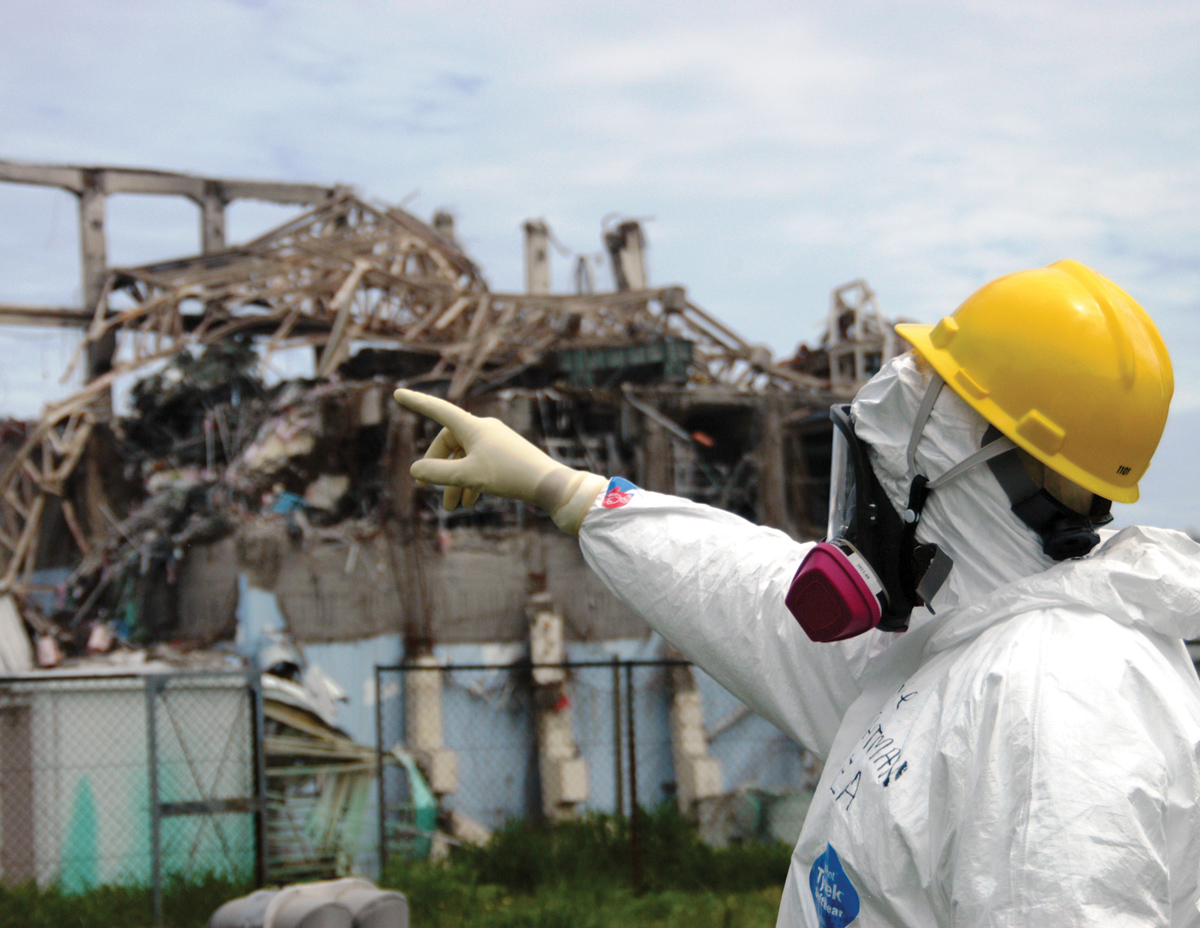Clare Wilkins, Nottingham Socialist Party
While lauding the marvellous TV series Chernobyl, the capitalist press has gleefully criticised ‘socialism’, and even Corbyn, for the Ukrainian nuclear disaster.
In 1986, capitalist governments quickly reported the radioactive emissions from Chernobyl and the extent of the catastrophe.
The secrecy and bureaucratic control of Stalinism were central in causing and mishandling the incident. But capitalism is just as incompetent and secretive in dealing with disasters.
The explosion of one of Chernobyl’s reactors was a ‘level 7’ incident on the International Atomic Energy Agency’s international nuclear event scale.
Level 7 is the top of the scale and describes an “accident causing widespread contamination with serious health and environmental effects.”
In 2011, the Fukushima Daiichi nuclear plant in Japan suffered a meltdown in no fewer than three reactors, also assessed as a level 7 incident, following an earthquake and tsunami that breached the plant’s sea wall.
This was a disaster waiting to happen that officials had been warned about on a number of occasions.
Warnings ignored
Issues with design were raised in 1967. Seawater shut down turbines in 1991. In 1998 the International Herald Tribune had an article describing almost exactly the 2011 scenario.
In 2008 a tsunami study was ignored. The warnings were discounted because officials claimed the risks were unrealistic.
In 2012, the Economist said of the Tokyo Electric Power Company, Tepco: “the [private] operating company was poorly regulated and did not know what was going on.
“The operators made mistakes. The representatives of the [government] safety inspectorate fled. Some of the equipment failed.
“The establishment repeatedly played down the risks and suppressed information about the movement of the radioactive plume, so some people were evacuated from more lightly to more heavily contaminated places.”
The parallels with Chernobyl are clear.
The 2012 Japanese government inquiry said the causes were foreseeable, and Tepco had failed to meet basic safety requirements such as risk assessment, preparing to contain collateral damage, and developing evacuation plans.
Another official report said the disaster was manmade and the plant was “incapable of withstanding an earthquake and tsunami” – and yet it was built in an earthquake zone.
In 2016 it was revealed that Tepco officials were instructed not to call it a “meltdown” – measured as 5% of fuel damaged – despite the fact that 25 to 55% of the fuel was damaged.
Proper figures for the damage have not been fully disclosed, and Tepco has released various different figures for the radiation emitted.
Tepco’s president has said: “I would say it was a cover up… It’s extremely regrettable.” It begs the question – what else has been and is being covered up? It is difficult to get proper information.
Tepco, the Japanese government and global capitalism have no interest in giving full information and are yet to be forced to.
They say the radiation release was 10 to 40% lower than Chernobyl, because, unlike Chernobyl, Fukushima had a concrete containment vessel.
Still, environmental groups have revealed that all the fish in the Pacific were affected, and radiation reached the west coast of the United States in a matter of months.
When environmental groups in California expressed concerns about the safety of seafood, the authorities carried out tests and declared the radiation “harmless and temporary.”
Uncontrollable spread
In July 2011, Tepco said it was “unable to control the spread of radioactive material” from Fukushima. In 2013, radioactive isotopes were detected by over 40 monitoring stations all around the world.
Occasional stories surface about the safety of seawater off the coast of the plant because radiation continues to leach into the sea.
But these are not followed up with official information. In August 2012, fish caught near the plant had 250 times the government safety limit of the radioactive isotope caesium-137.
The amount of damage to the reactor cores was ‘unknown’ according to Tepco. They reported 70% damage to fuel in unit one, 33% in unit two, and only reported complete meltdown in August 2014.
In February 2014 they said they had reviewed the radioactivity data and found it “significantly higher” in the groundwater than earlier reports.
Since 2013 the Japanese government has taken over control of emergency measures from Tepco.
In September 2015, a typhoon overwhelmed the pumps at Fukushima, and hundreds of tons of radioactive water were released into the Pacific.
One of the recommendations of the 2012 inquiry was that nuclear power stations should not be built so close to the coast. There are two others in Japan alone, and many more around the world.
In the aftermath of Chernobyl, the Stalinist state took belated remedial action at like reactors around the Soviet Union.
It did take some years, and the whistleblowing and suicide of a leading scientist, to force this. But it looks like the full facts of Fukushima have still not been disclosed and that remedial measures are inadequate.
Capitalism’s capacity for inaction, withholding information, and covering up danger seems at least as serious with Fukushima as Stalinism’s crimes at Chernobyl.
Crucially, neither system had democratic workers’ control of the plants and relief measures, or democratic accountability of officials to the majority of the population.









